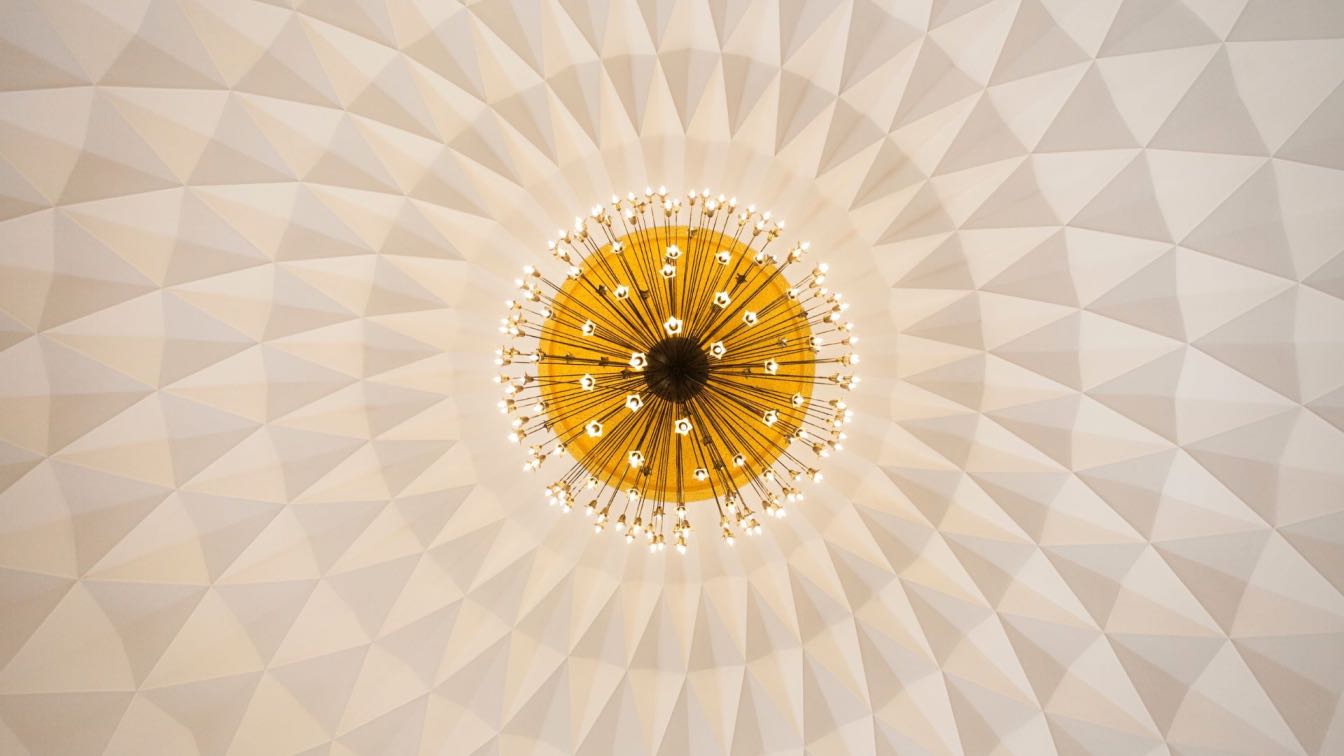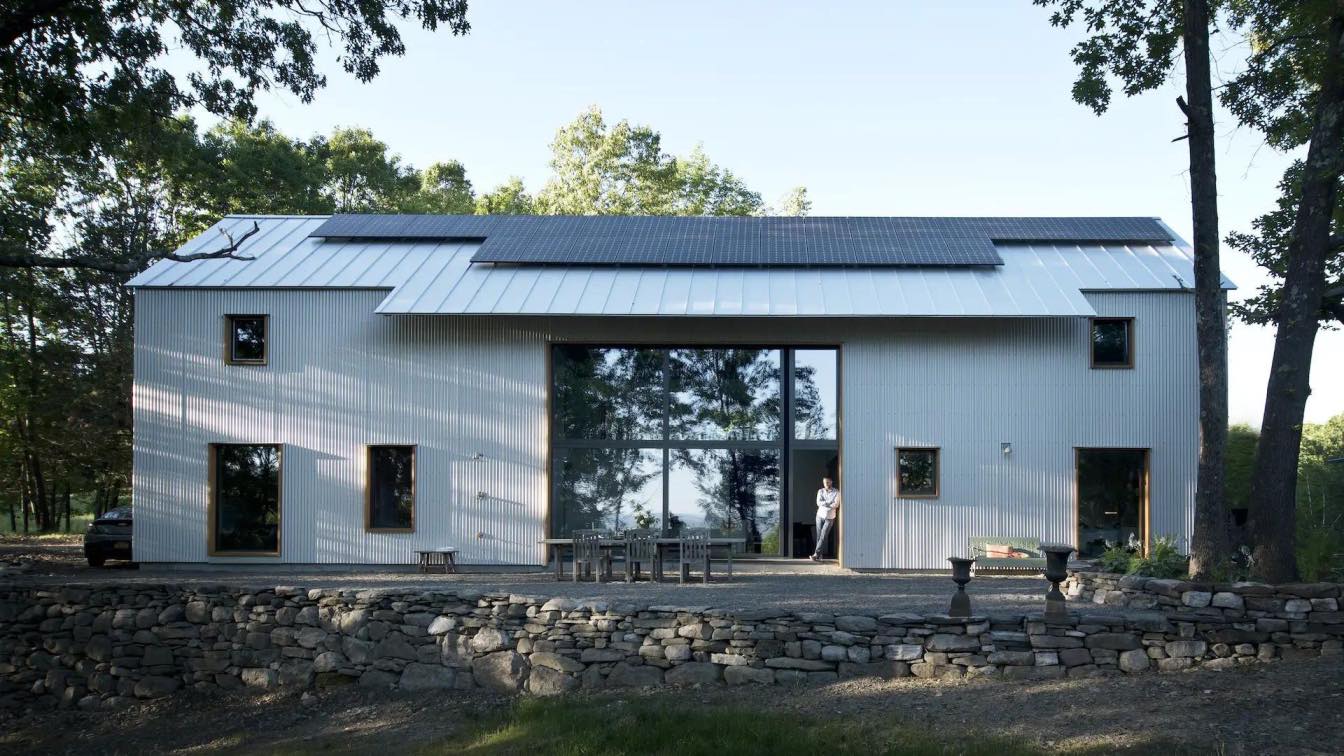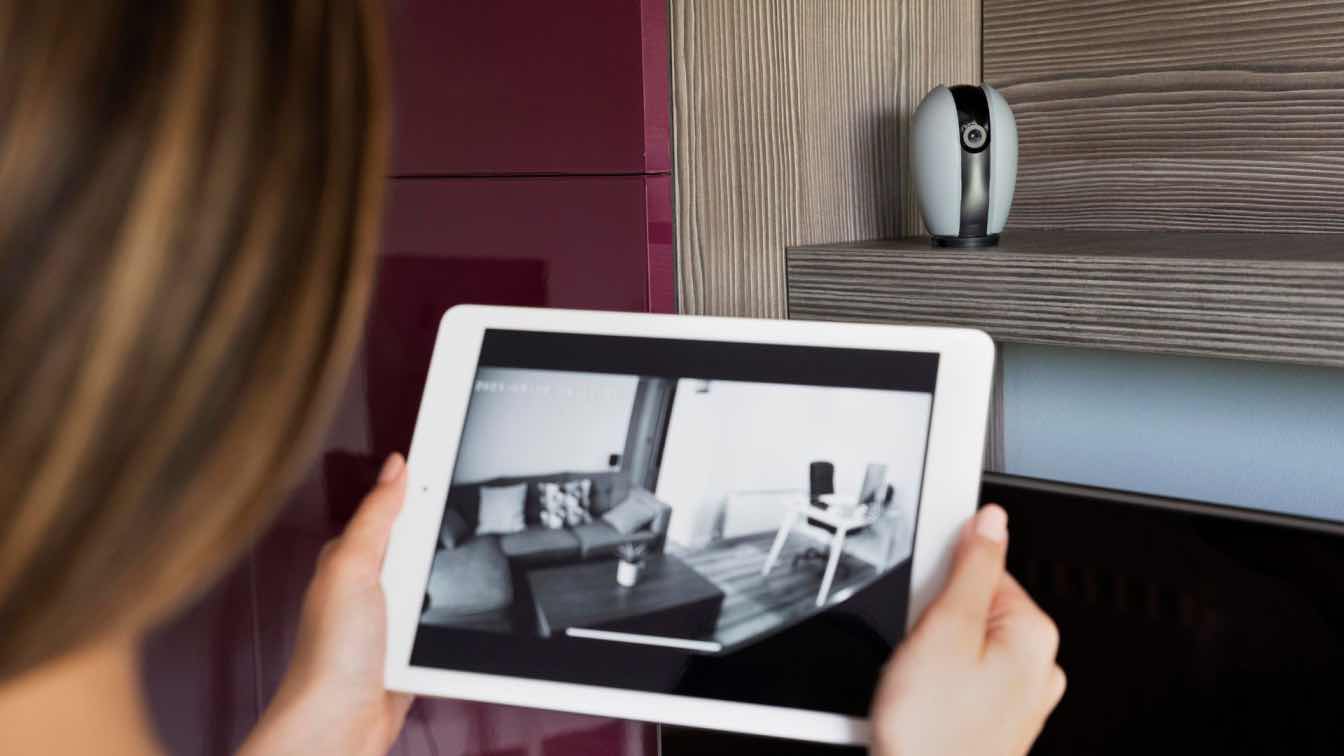Eco-friendly design is revolutionizing modern architecture. Today’s architects use sustainable practices and materials to create buildings that benefit both people and the planet. Dive in to learn how these designs are shaping our residential and commercial spaces for a more sustainable world.
Revolutionary Building Materials Are Redefining Sustainability
The latest materials are pushing the boundaries of eco-friendly architecture. Take cross-laminated timber (CLT) as an example. It’s strong like steel but with a smaller carbon footprint.
Then there’s mycelium-based insulation, made from mushroom roots, offering excellent thermal properties and biodegradability. And recycled concrete repurposes waste material to build new structures without depleting natural resources.
Another game-changer is bioplastic composites; they’re lightweight yet durable and break down naturally over time. These innovations are being used in many projects today, proving sustainability can also mean strength and longevity.
Green Roofs Are Bringing Nature to Urban Spaces
Green roofs are transforming urban landscapes into lush, living spaces. By installing vegetation layers on rooftops, architects create mini-ecosystems that provide numerous benefits.
These green roofs help regulate building temperatures, reducing the need for air conditioning in summer and heating in winter. Plus, they absorb rainwater, mitigating storm-water runoff and decreasing flooding risks. They also offer a habitat for wildlife right in the city center. Imagine birds chirping overhead while you sip your morning coffee!
Beyond aesthetics, green roofs improve air quality by filtering pollutants and carbon dioxide.
Tech Like Solar Panels Harness Renewable Energy
Solar panels are going mainstream. Around the world, they’re being used to capture the sun’s energy to power homes and offices efficiently. But the renewable energy frontier doesn’t stop there. Architects are increasingly incorporating wind turbine power into building designs, especially in coastal areas where wind is abundant.
Additionally, geothermal systems tap into the earth's consistent temperatures for heating and cooling solutions.
These advancements don’t just cut down utility bills; they contribute significantly to reducing carbon footprints. By embracing various renewable technologies, modern architecture paves the way toward a cleaner, sustainable future.
Innovative Water Treatment Solutions Are Being Used in Modern Buildings
Water conservation is a cornerstone of eco-friendly design. Many modern buildings integrate advanced systems to reduce waste and reuse resources. Take, for example, on-site greywater recycling setups that treat and repurpose water for irrigation or toilet flushing.
While not yet common in residential or commercial properties, cutting-edge technologies like moving bed biofilm reactor technology show promise for future applications. Currently used primarily in industrial wastewater treatment, this tech could revolutionize how we handle water recycling at larger scales.
By embracing such innovative solutions, architects are making strides toward truly sustainable urban environments.
Energy-Efficient Systems Are Powering the Future of Architecture
Energy efficiency is at the heart of sustainable design. Many modern buildings now feature smart systems that optimize energy use. Consider LED lighting controlled by sensors, which adjusts brightness based on natural light levels and occupancy.
HVAC systems are getting smarter too, using predictive algorithms to maintain ideal temperatures with minimal energy waste. Insulated glazing and advanced thermal envelopes further reduce heating and cooling needs, creating comfortable interiors without excessive power consumption.
By integrating these cutting-edge technologies, architects ensure buildings are not only eco-friendly but also cost-effective to operate. This forward-thinking approach reduces carbon footprints while enhancing user comfort.
Final Thoughts
Eco-friendly design is transforming modern architecture. From innovative building materials and energy-efficient systems to green roofs and advanced water treatment, sustainable practices are shaping our future.
These designs don't just look good; they offer practical solutions for environmental challenges.
As technology advances, expect even more groundbreaking ways to harmonize with nature in our living spaces.





